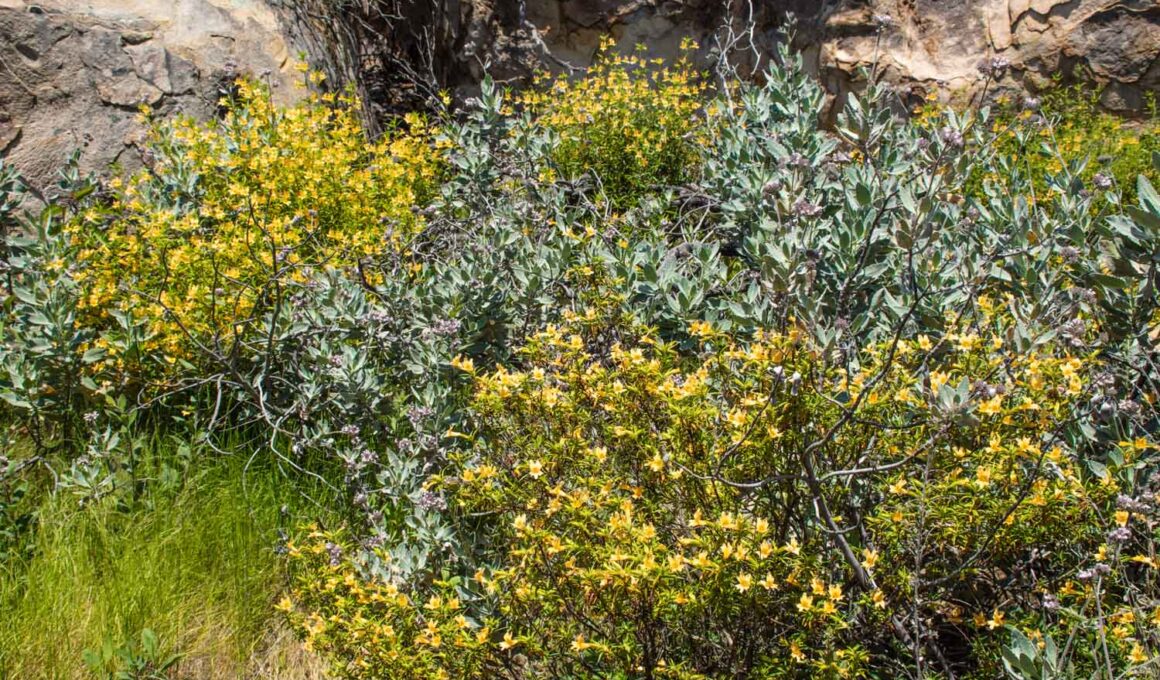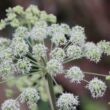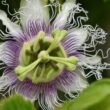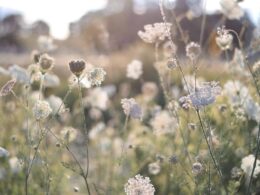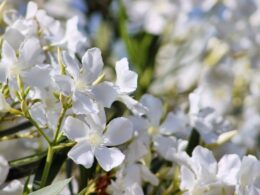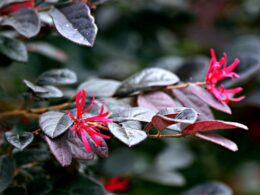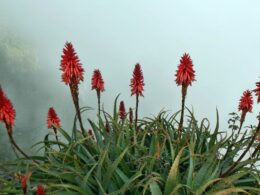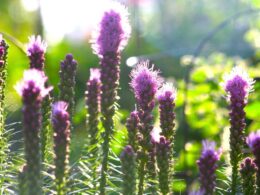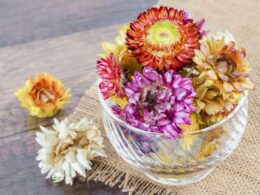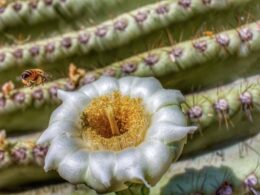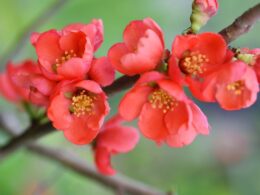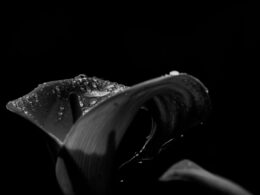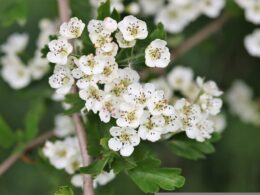Why It’s Called “Sticky”
Sticky Monkey Flower (Diplacus Aurantiacus) is a sticky, perennial herb that is native to Africa and Asia. It has been introduced to North America, where it is often grown as an ornamental plant. The Sticky Monkey Flower gets its name from the sticky, glandular hairs that cover its leaves and stems. These sticky hair help the plant to trap insects, which it then uses as food. The Sticky Monkey Flower is a member of the Snapdragon family and has blue or purple flowers that blooming from summer to fall.
Orange Bush Monkeyflower Care
The orange bush Sticky Monkey Flower is a beautiful, easy-to-care-for bush that is perfect for any home gardener. This bush features dark green leaves and vibrant orange/ yellow flowers that bloom from mid to late summer. It is an evergreen bush, so it will retain its foliage year-round. When it comes to caring for your orange bush Sticky Monkey Flower, there are a few things to keep in mind:
- Make sure they get enough sun. Sticky Monkey Flowers love the sun and will do best in a sunny spot.
- Don’t overwater them. These plants are drought tolerant and too much water can actually be harmful. Water them only when the soil is dry to the touch. Once it is established, the bush is drought tolerant and does not need much supplemental watering.
- Protect them from frost. Sticky Monkey Flowers are not frost tolerant, so if you live in an area with cold winters, it’s best to plant them in containers that can be brought indoors during the winter months.
- Fertilize your bush in early spring and again in mid-summer with a slow-release fertilizer.
- Prune as needed to shape the bush and remove any dead or damaged branches. With just a little care, your orange bush Sticky Monkey Flower will thrive and provide you with season after season of beautiful blooms.
When taken care of properly, the bush can provide nectar for bees and other insects while being an excellent source of color in drab landscapes. By following these simple tips, you can ensure that your bush will stay healthy and provide you with beautiful blooms for years to come.
Usage of Sticky Monkey Flower
The Sticky Monkey Flower (Mimulus Aurantiacus) has a long history of medical use by Native Americans. It was traditionally used to treat wounds, skin irritations, and respiratory problems. Today, the plant is still used for medical purposes. Extracts from the plant are believed to have anti-inflammatory and antibacterial properties. They are often used in natural medicines and cosmetics.
In recent years, scientific studies have begun to explore the potential medical benefits of the Sticky Monkey Flower. Some studies suggest that the plant may be useful in treating conditions like eczema and psoriasis. More research is needed to confirm these findings. Monkey Flowers are frequently used in herbal teas and other herbal preparations. The plants contain several compounds that are believed to have medicinal properties, including flavonoids, terpenes, and saponins. Nevertheless, the Sticky Monkey Flower remains an important part of California’s medical history and culture.
Pollination
The Monkey Flower is also known to attract pollinators such as bees or butterflies. The Monkey Flowers are pollinated by hummingbirds, which are attracted to the plant’s orange-yellow flowers. The hummingbirds drink the nectar from the flowers, and in doing so, they transfer pollen from the male flower to the female flower. This pollination process is essential for the plant to reproduce. The Sticky Monkey Flower is just one example of the many different plant species that rely on hummingbirds for pollination.
Other examples include the Trumpet Honeysuckle (Lonicera Sempervirens) and the Scarlet Gilia (Ipomopsis Aggregata). Hummingbirds play a critical role in the pollination of these and other plants, and without them, many plants would not be able to reproduce.
Well, that’s all you need to know to get started with Sticky Monkey Flowers. With a little love and care, these plants will bring beauty and life to your home for years to come!





